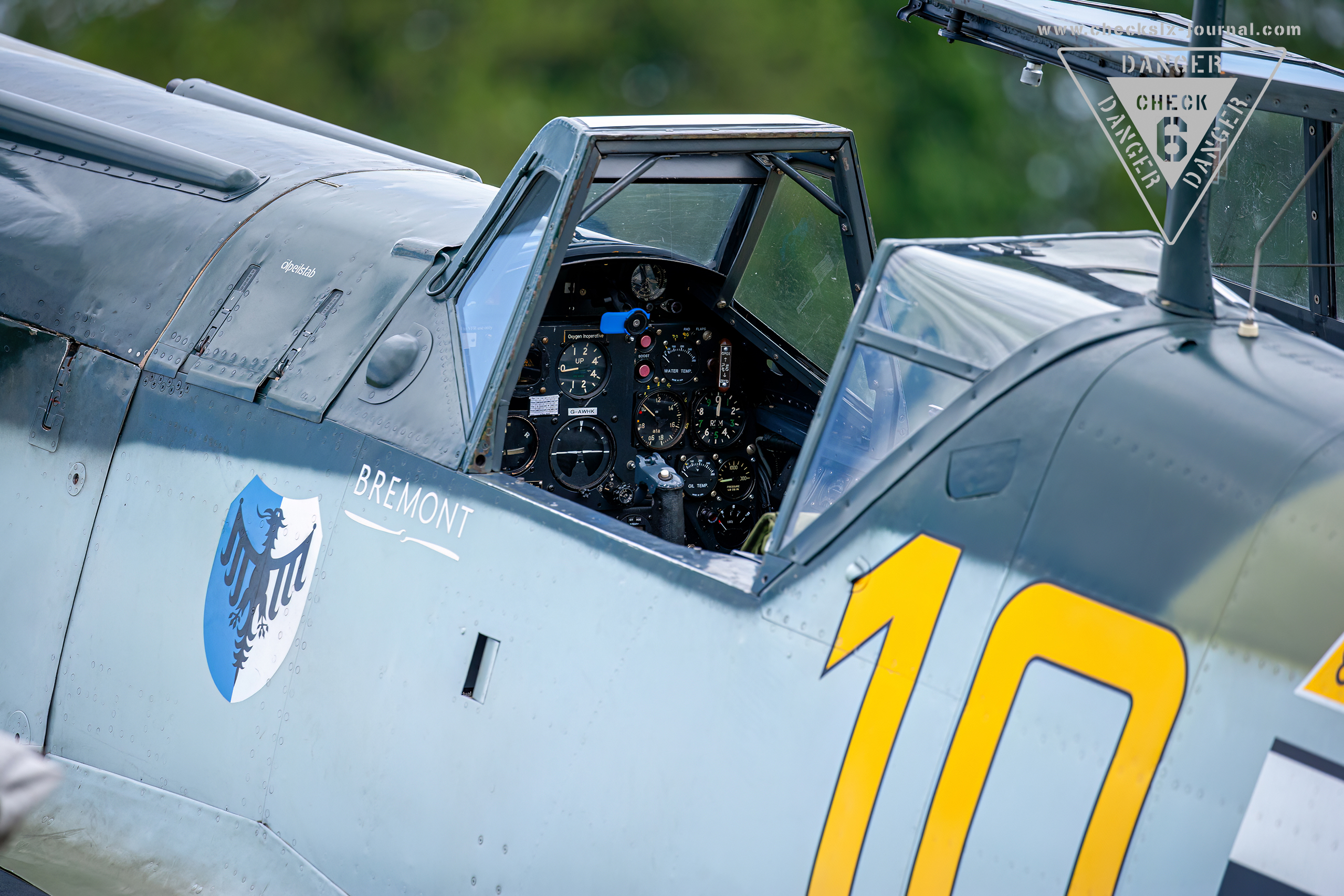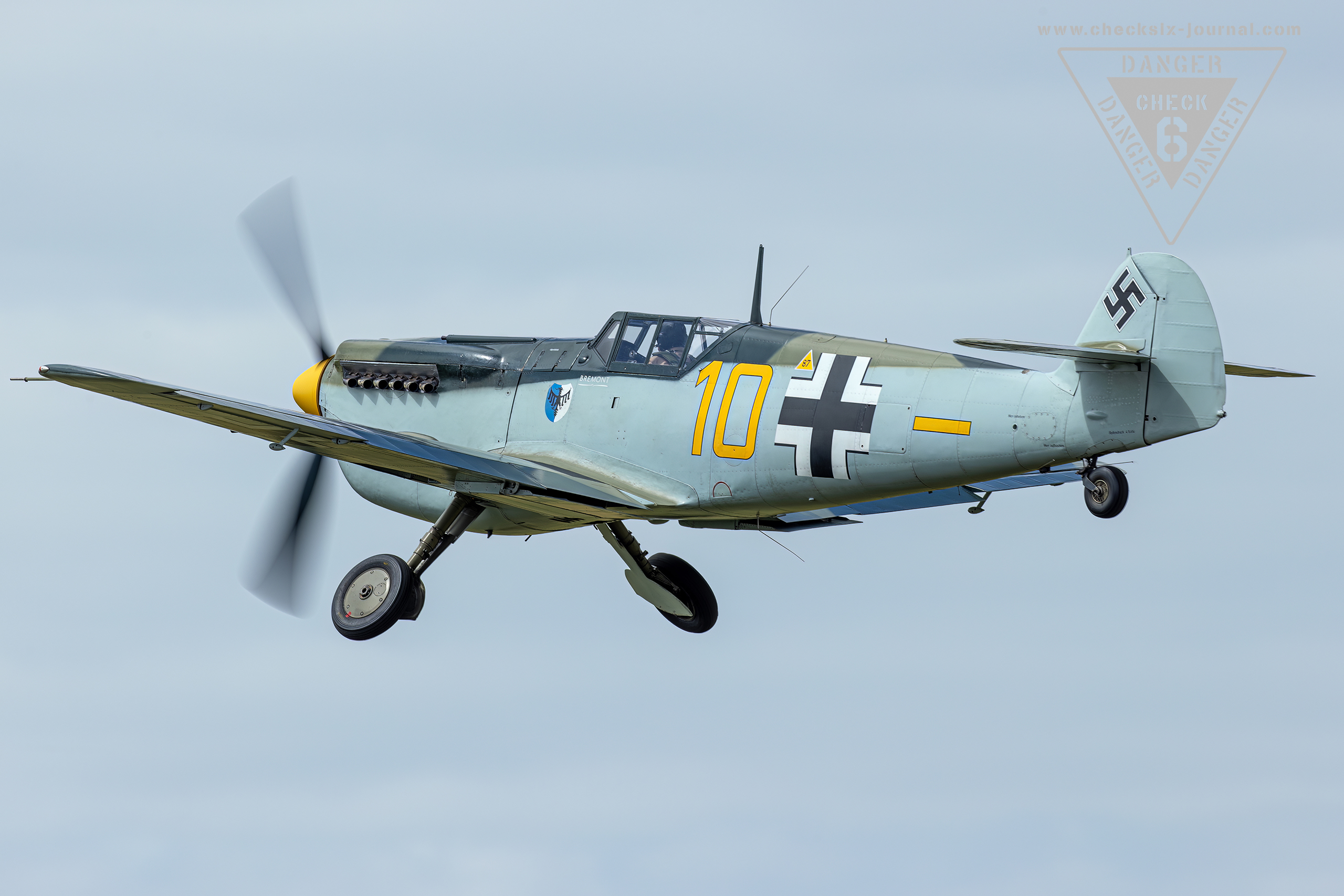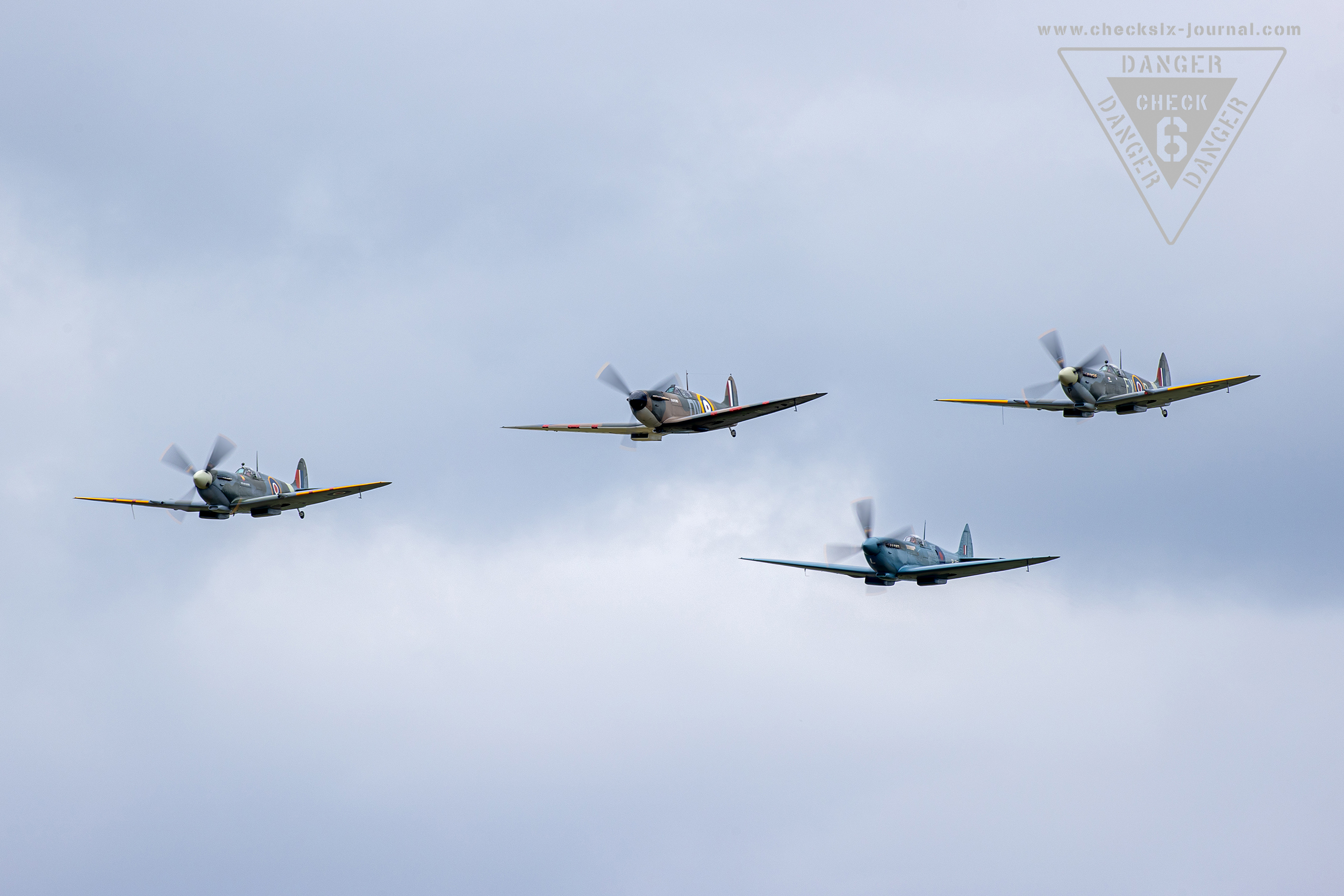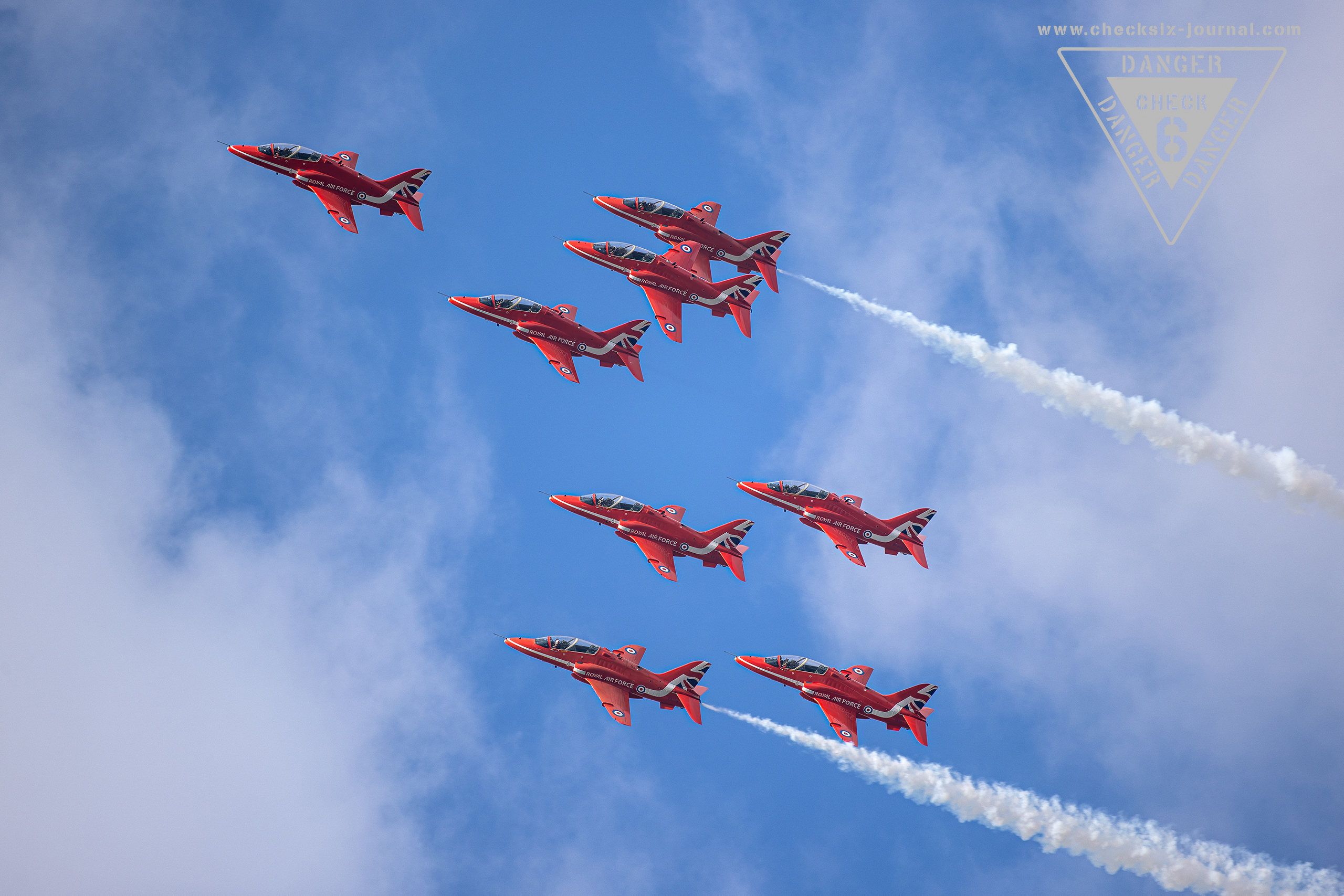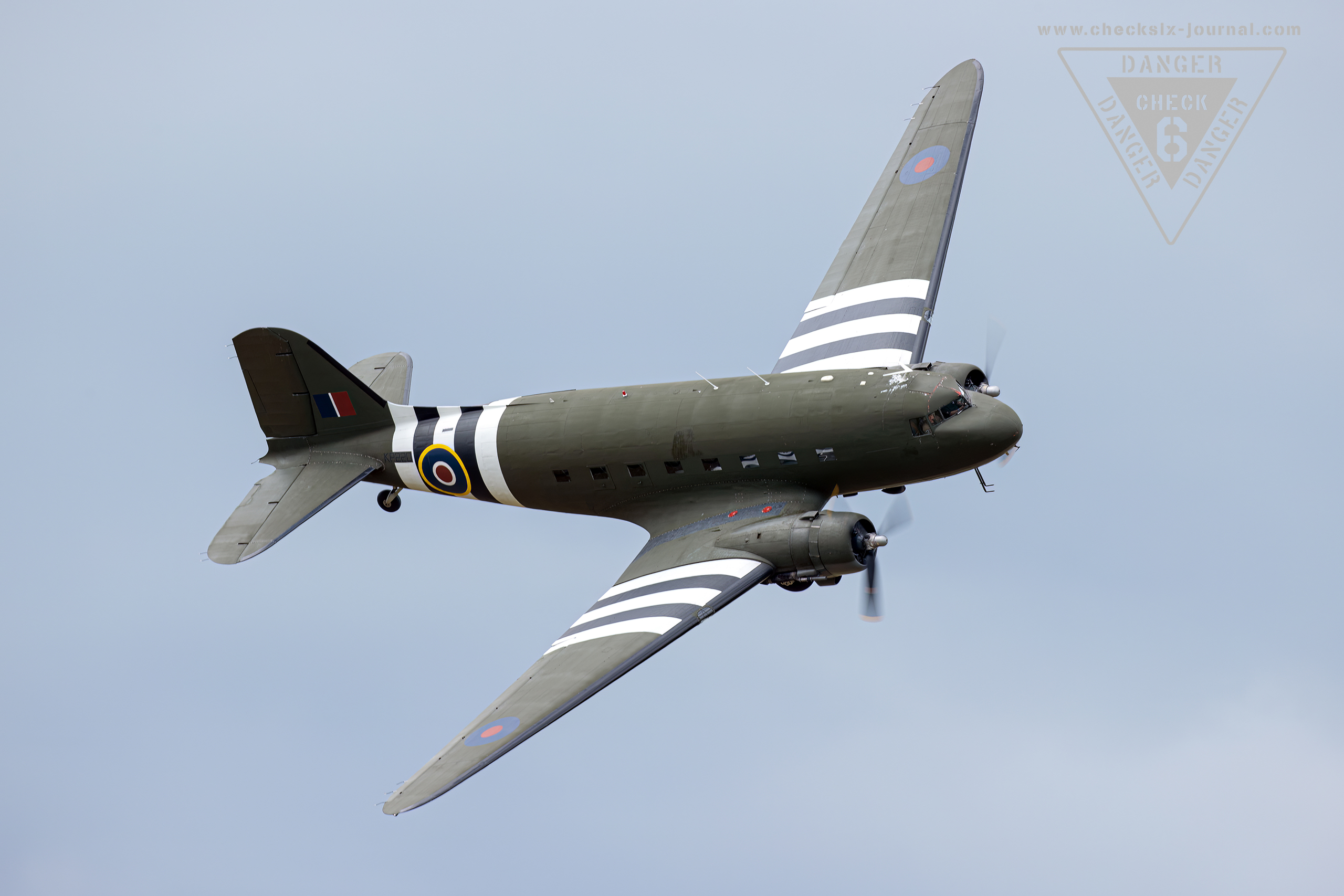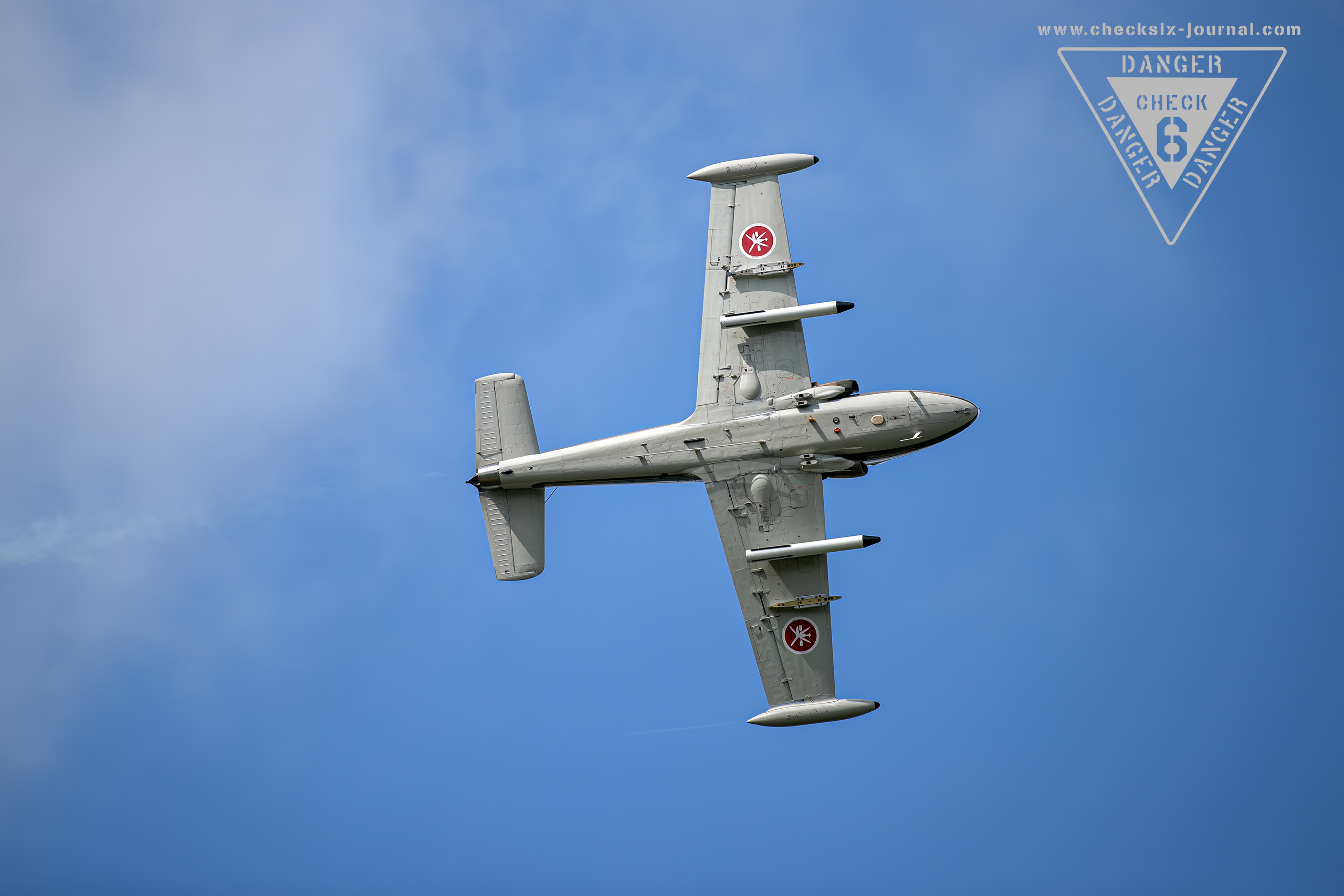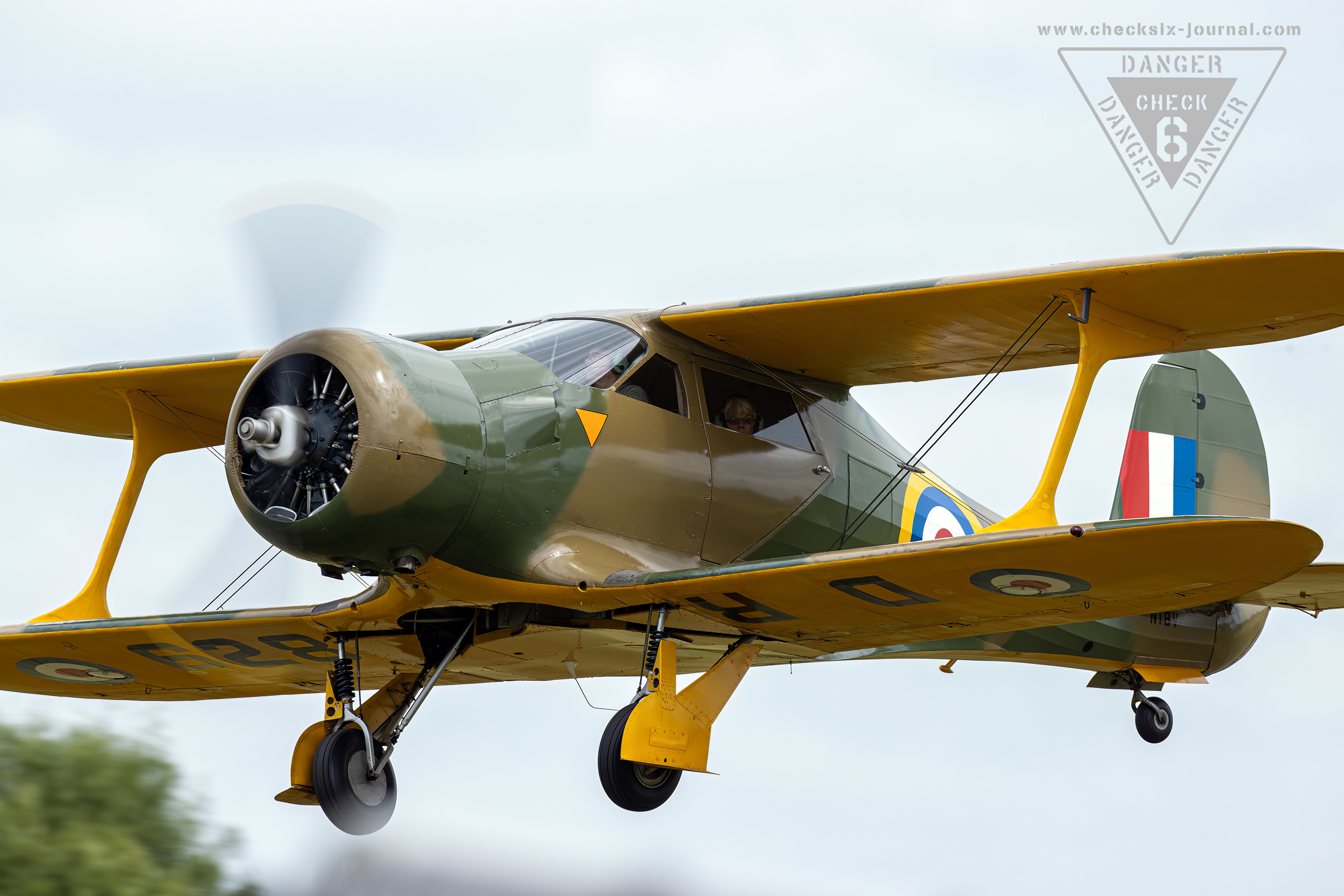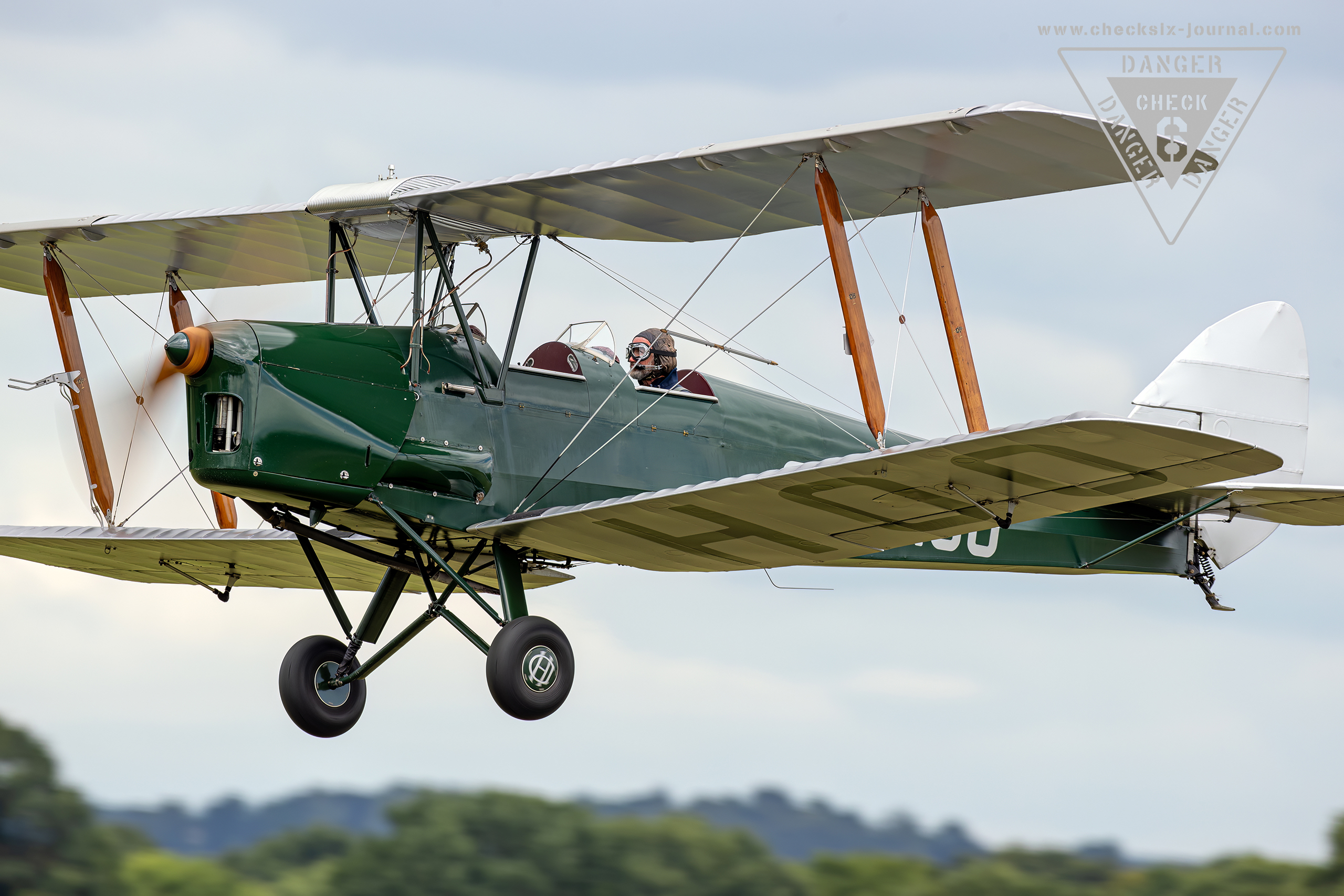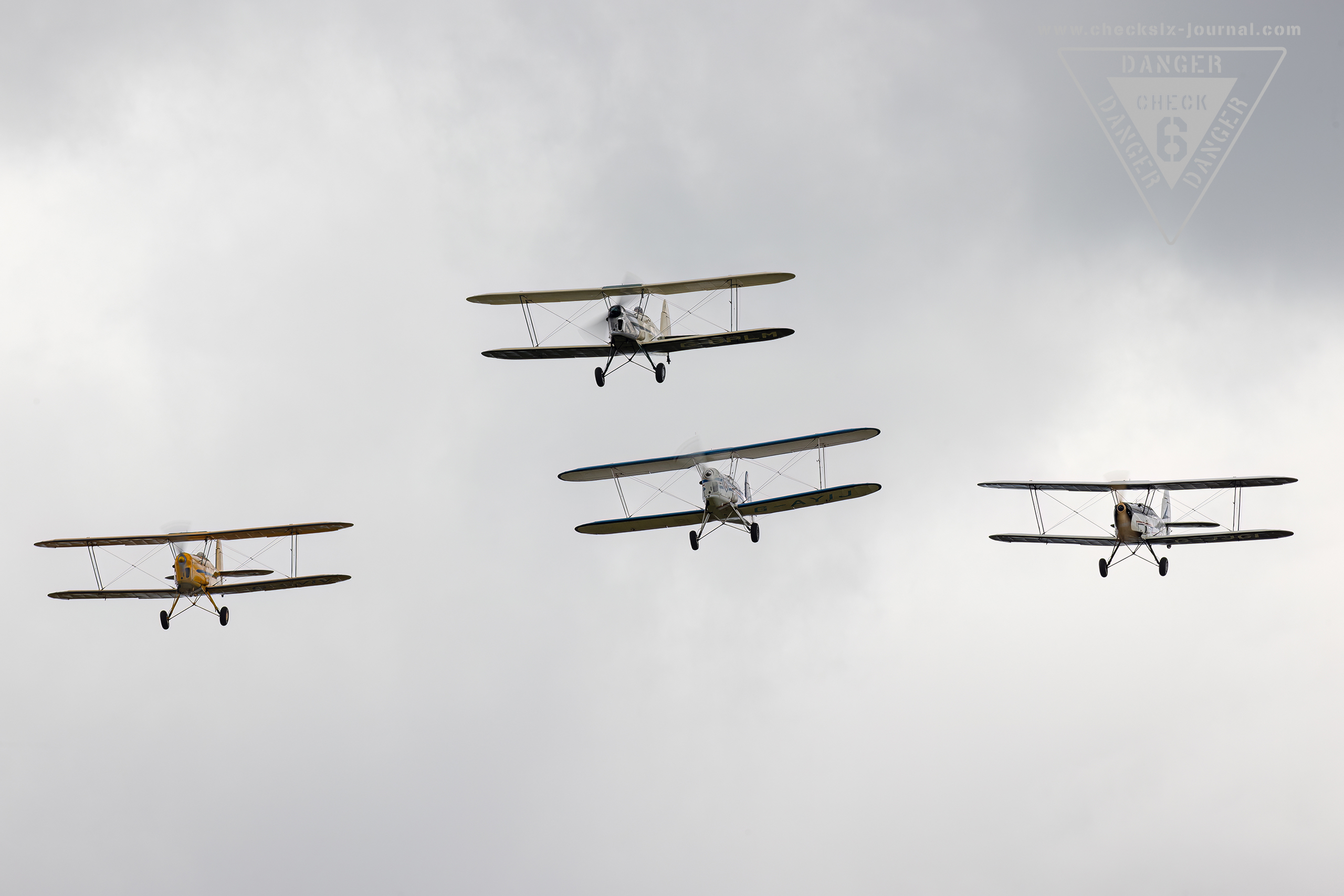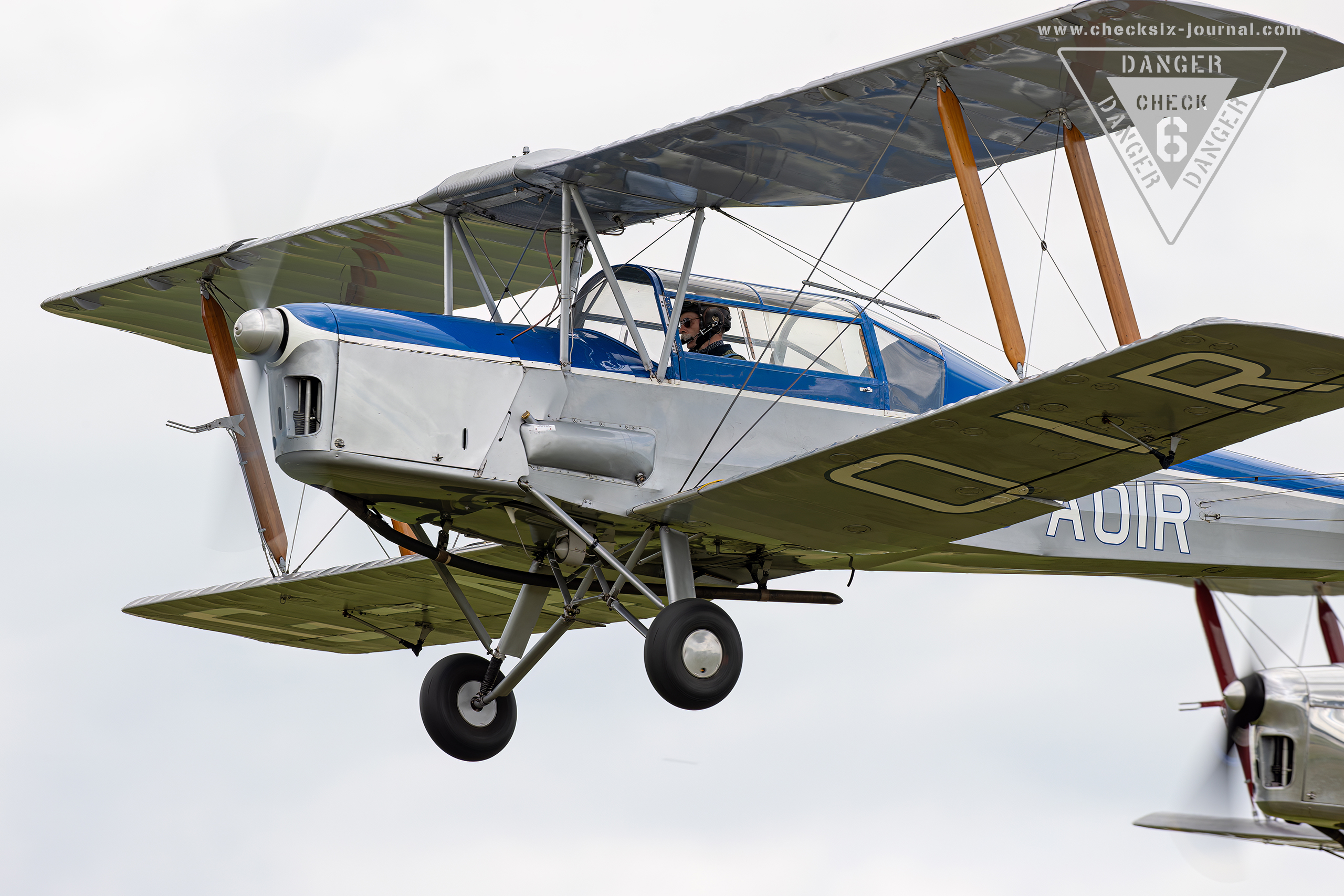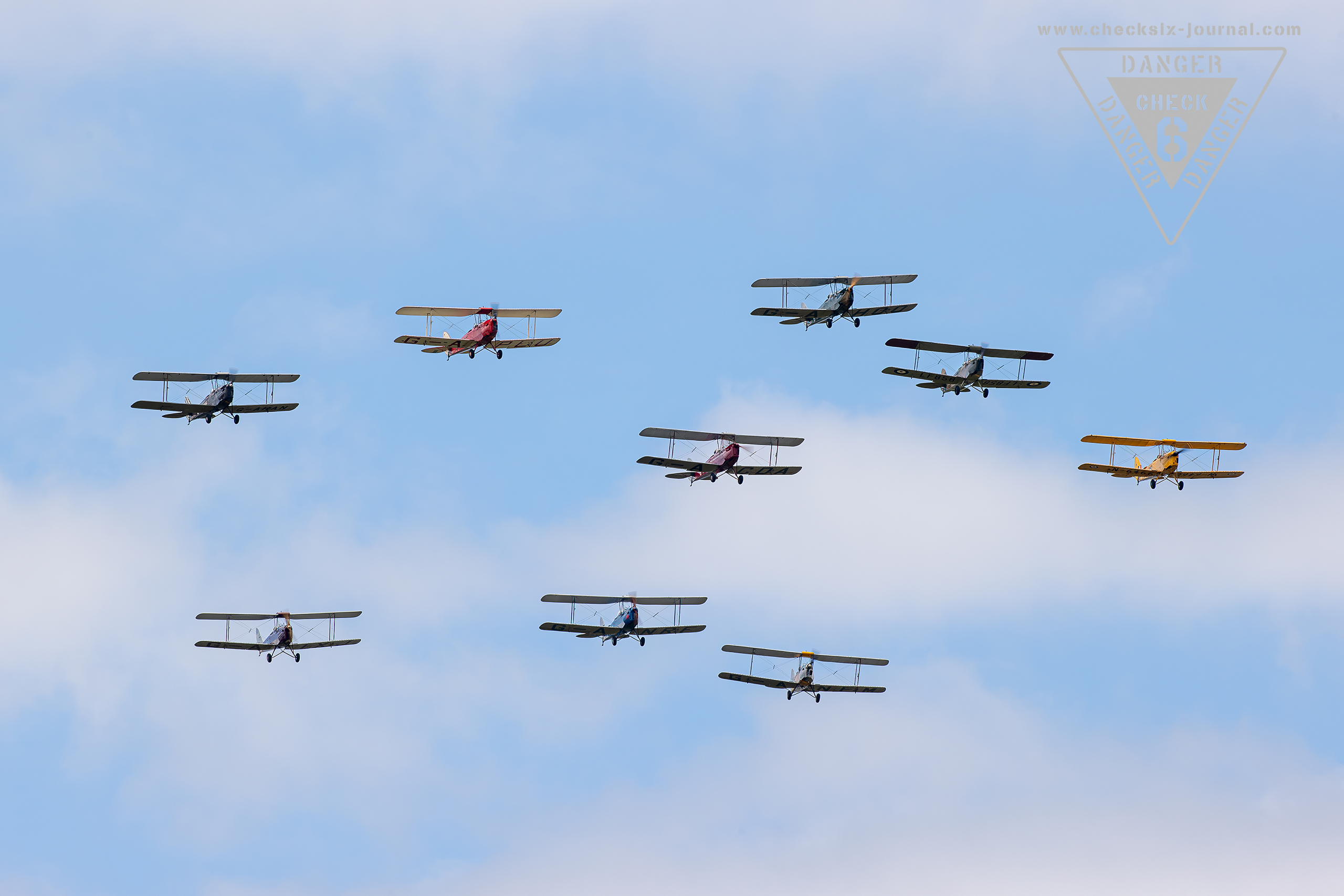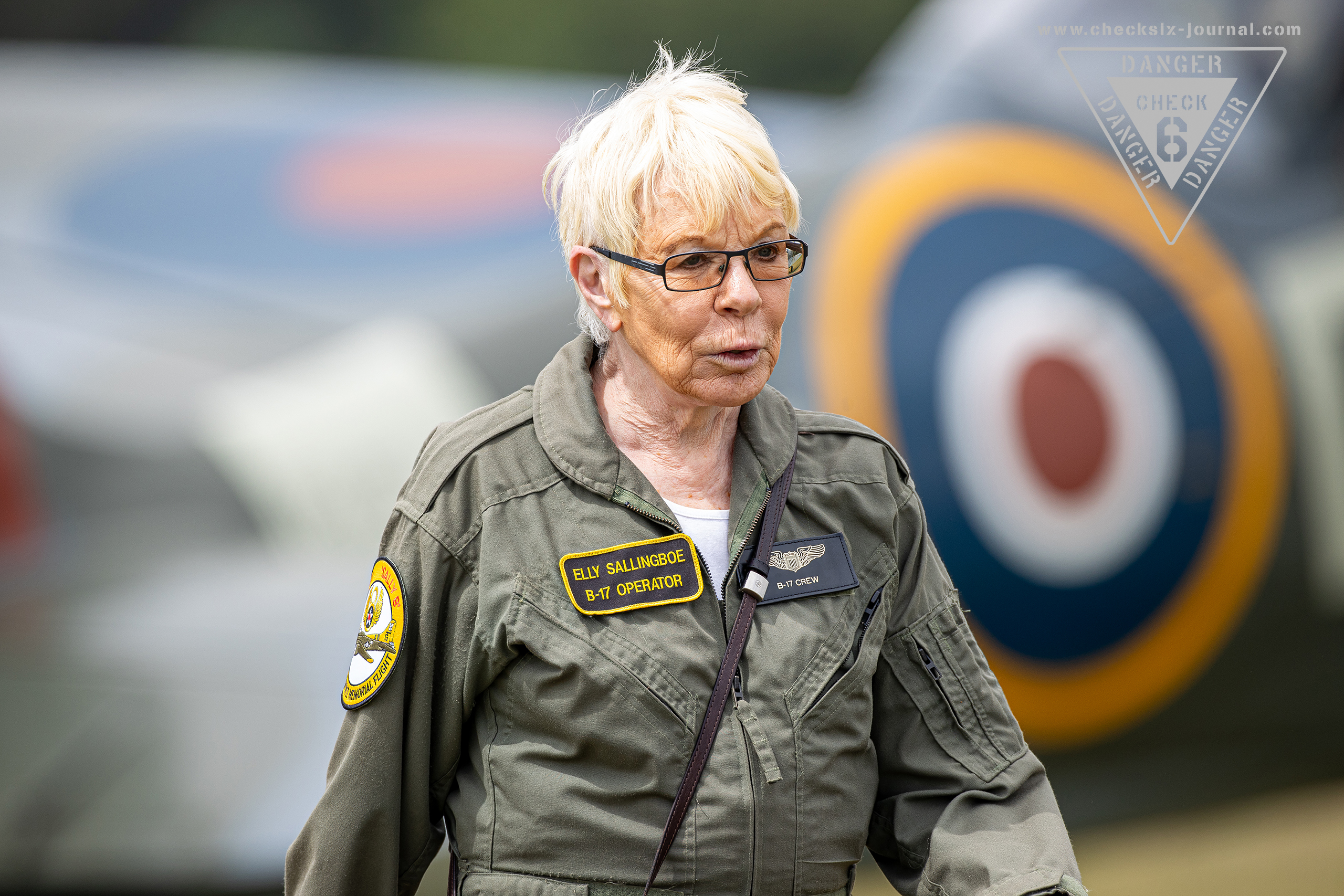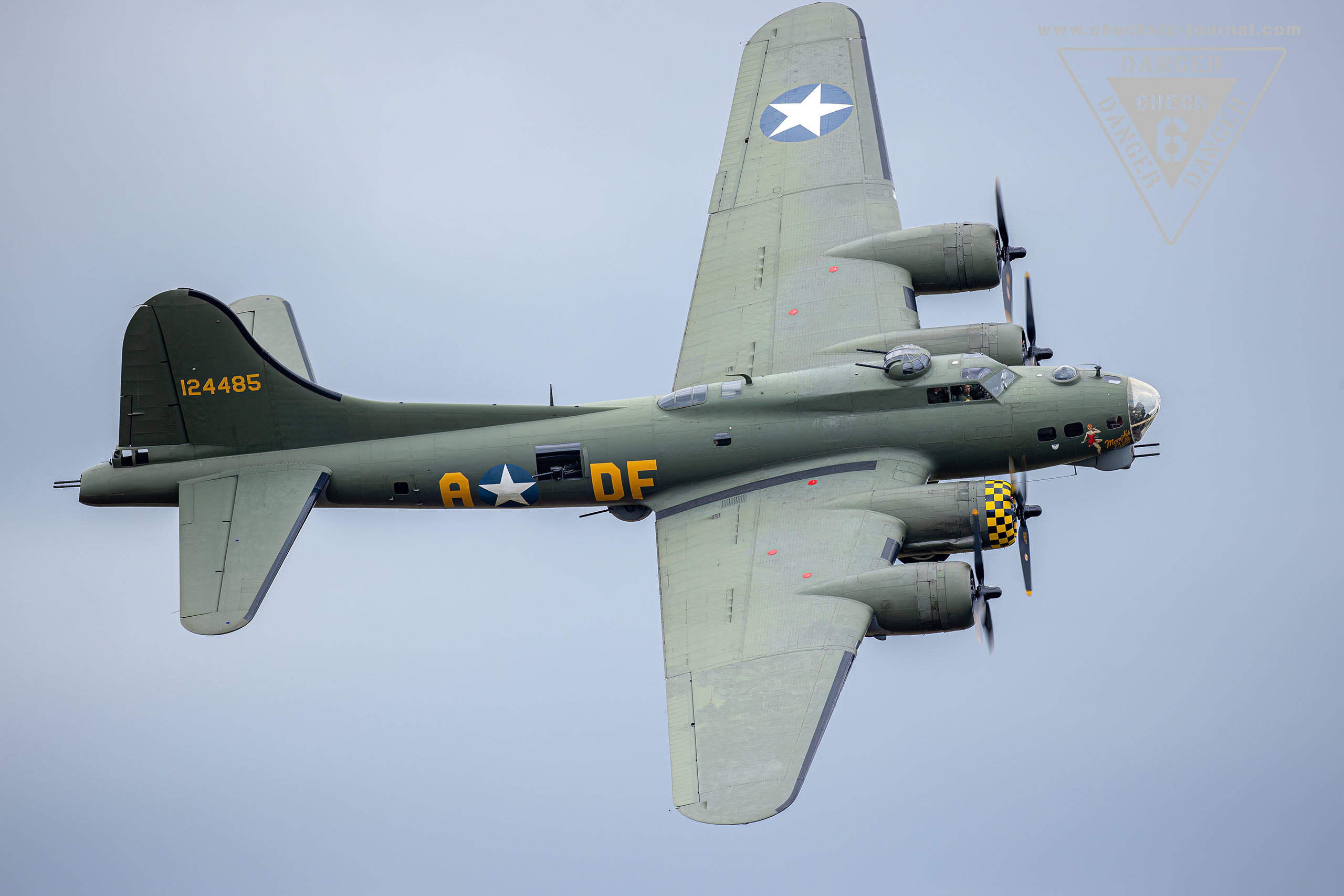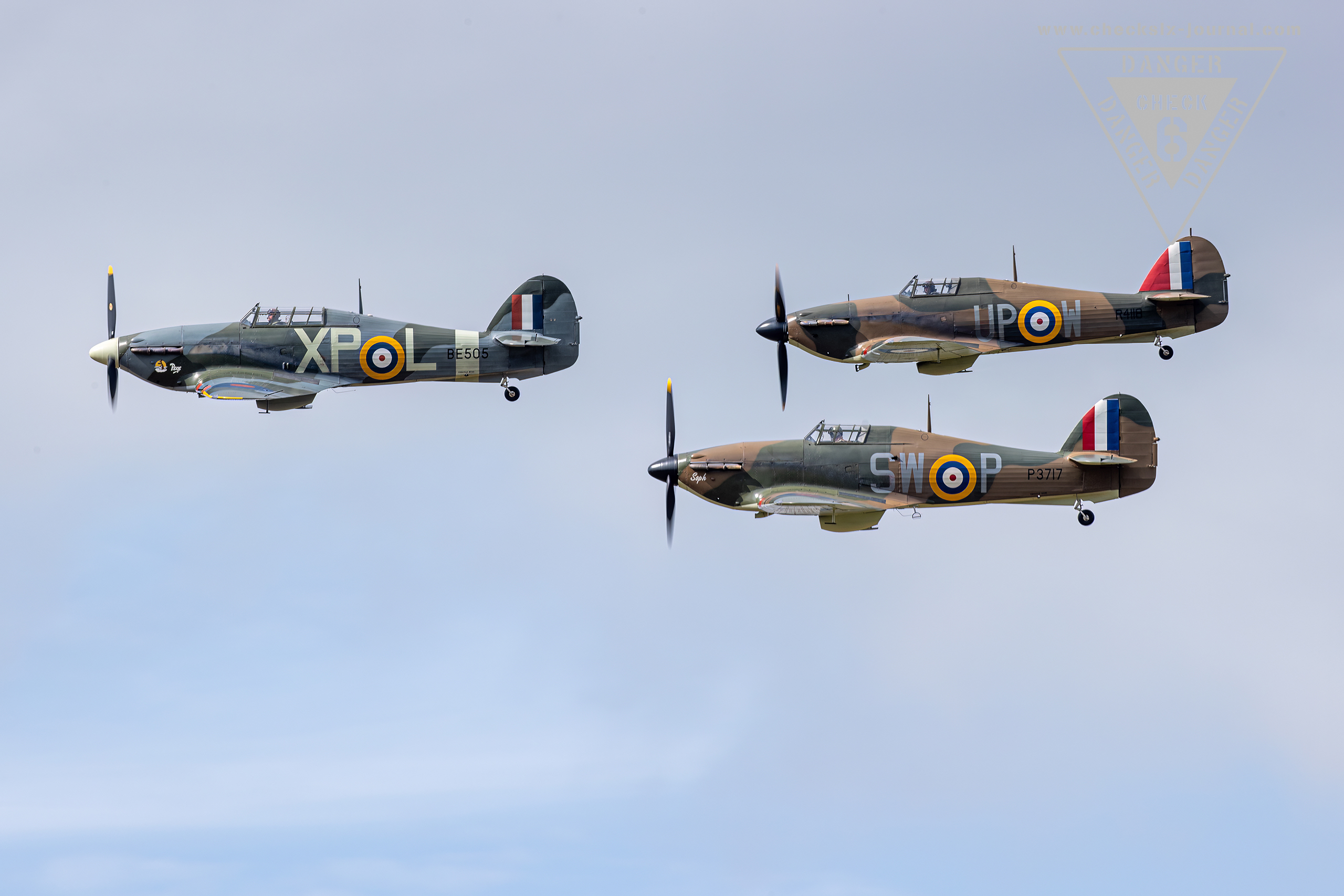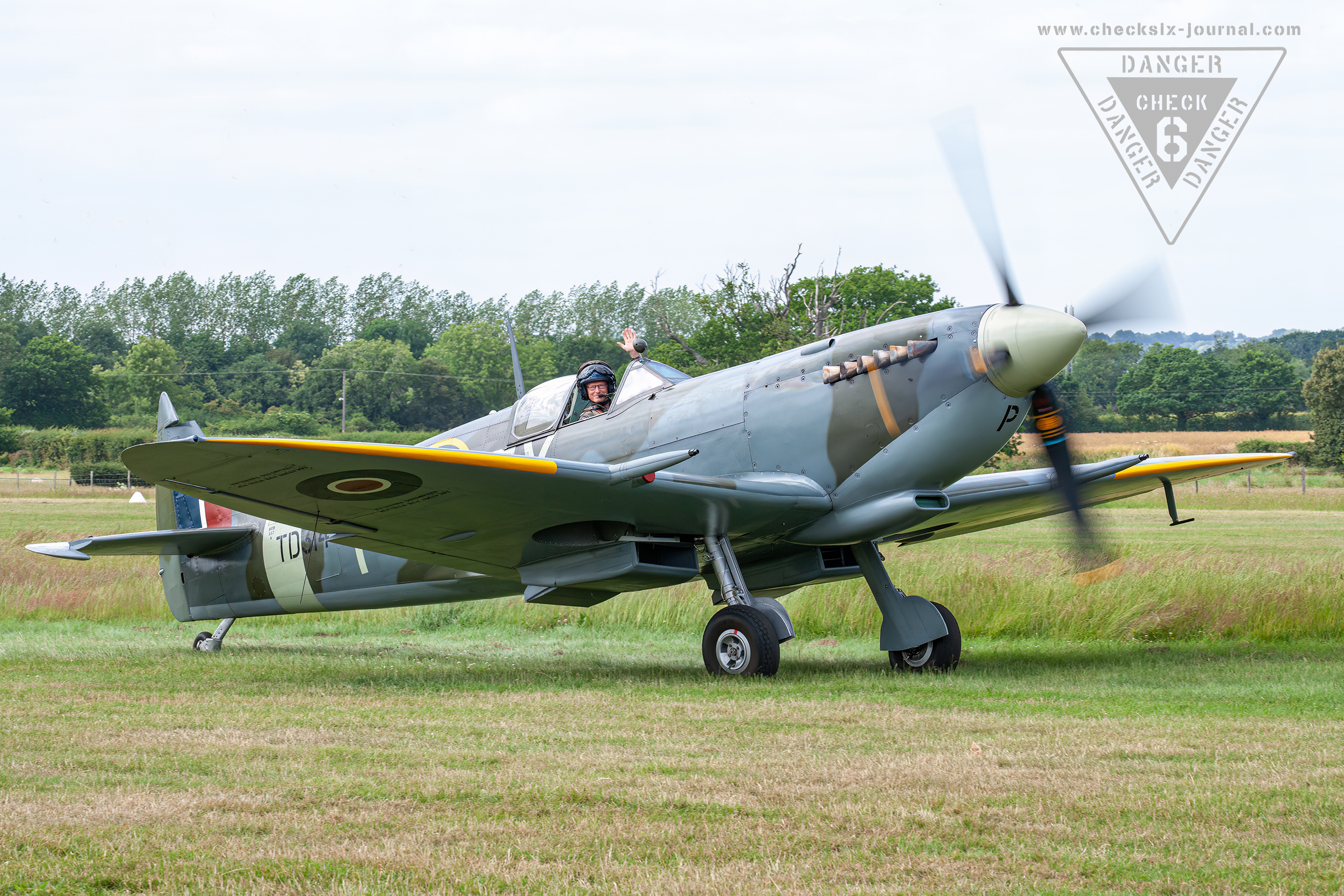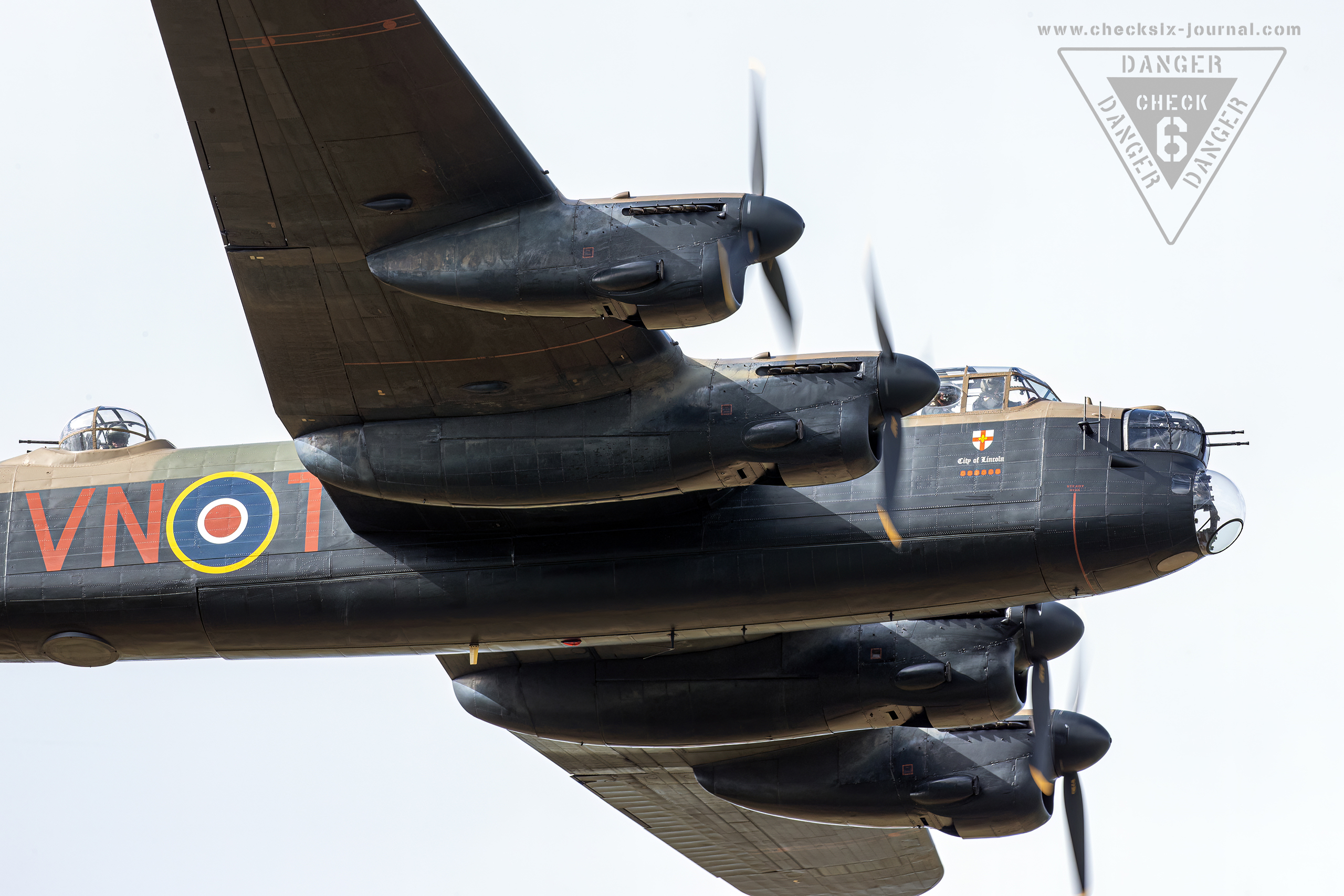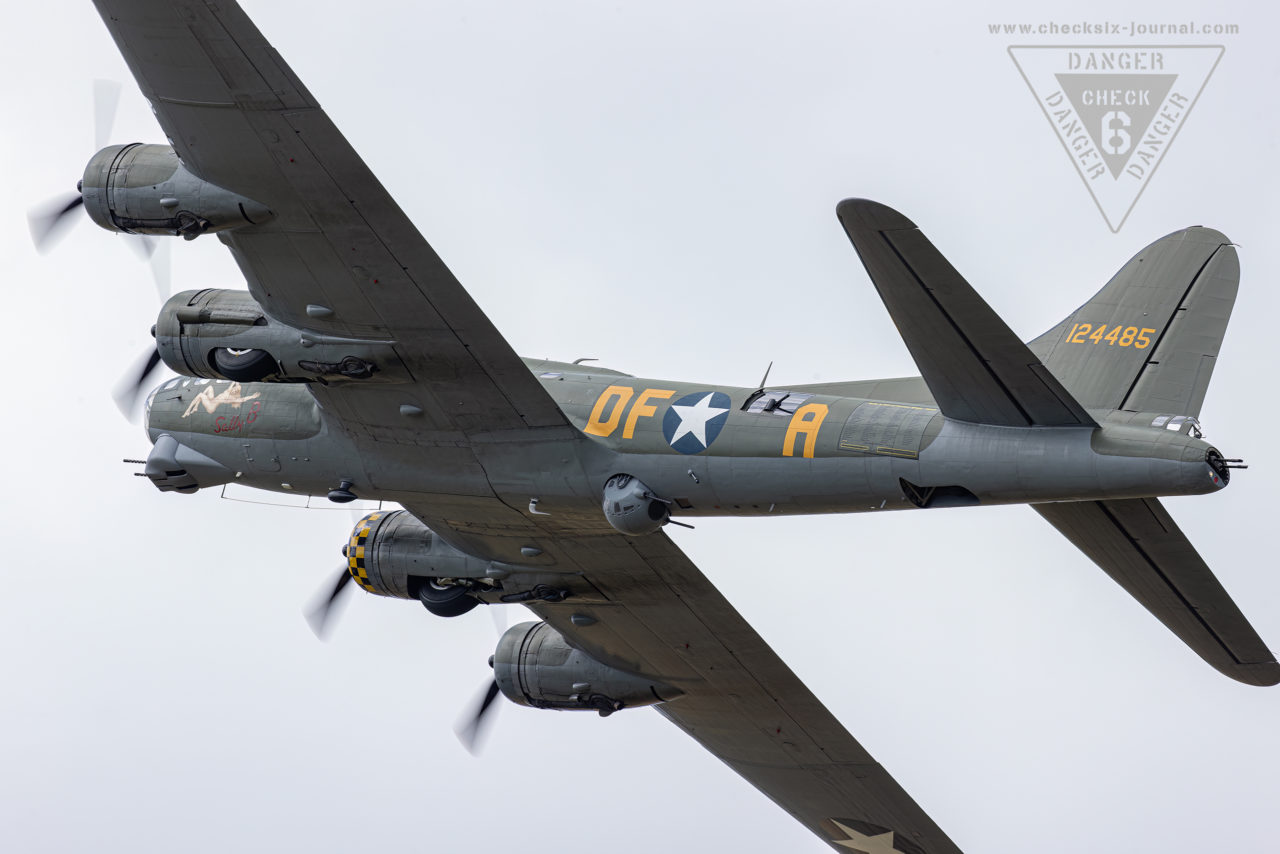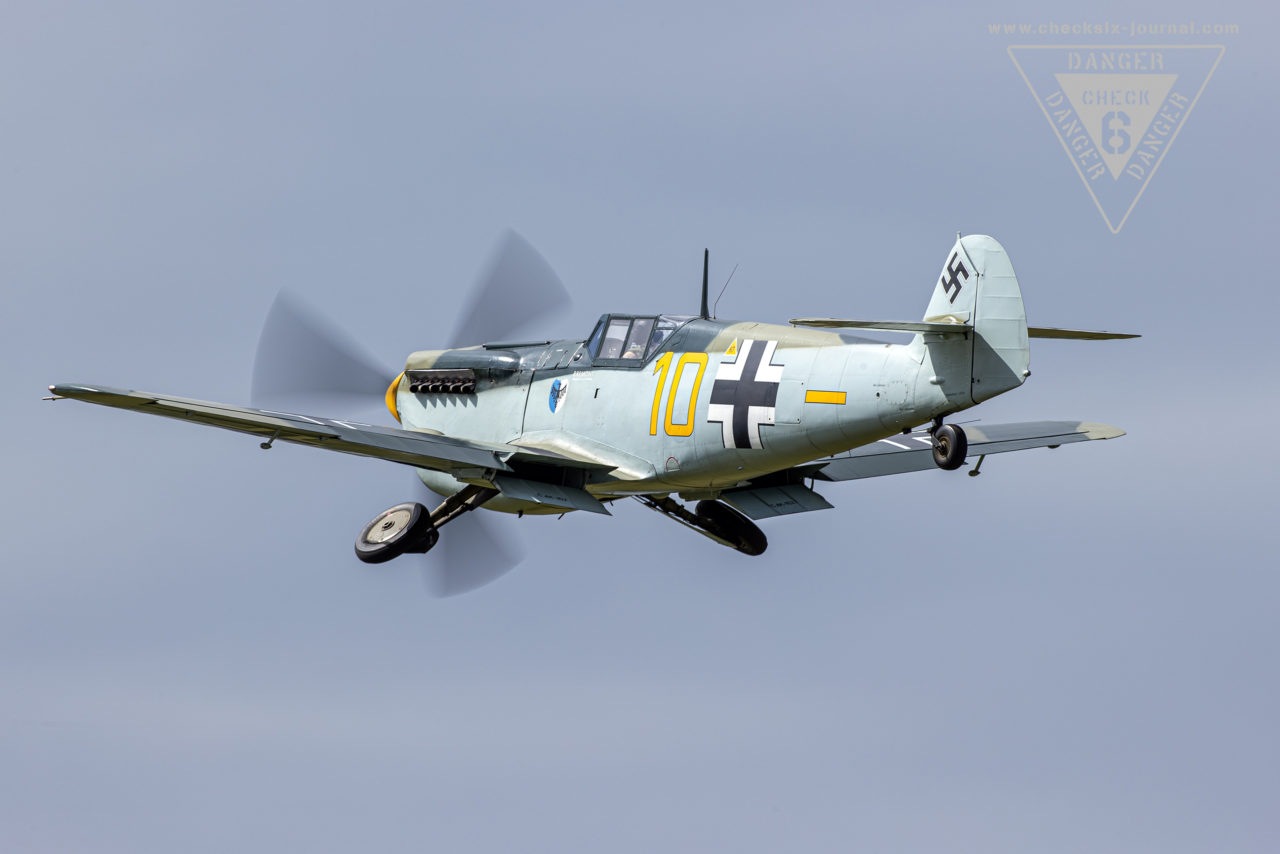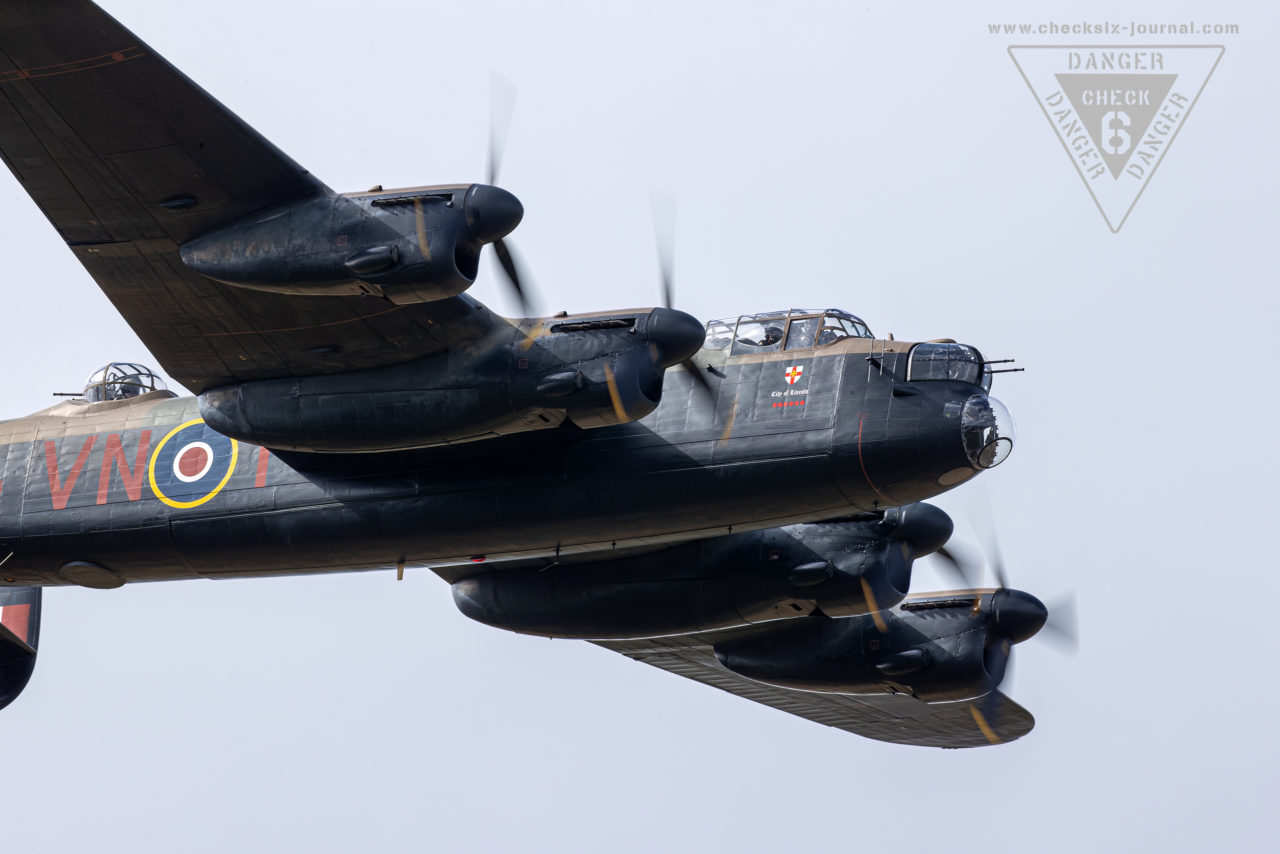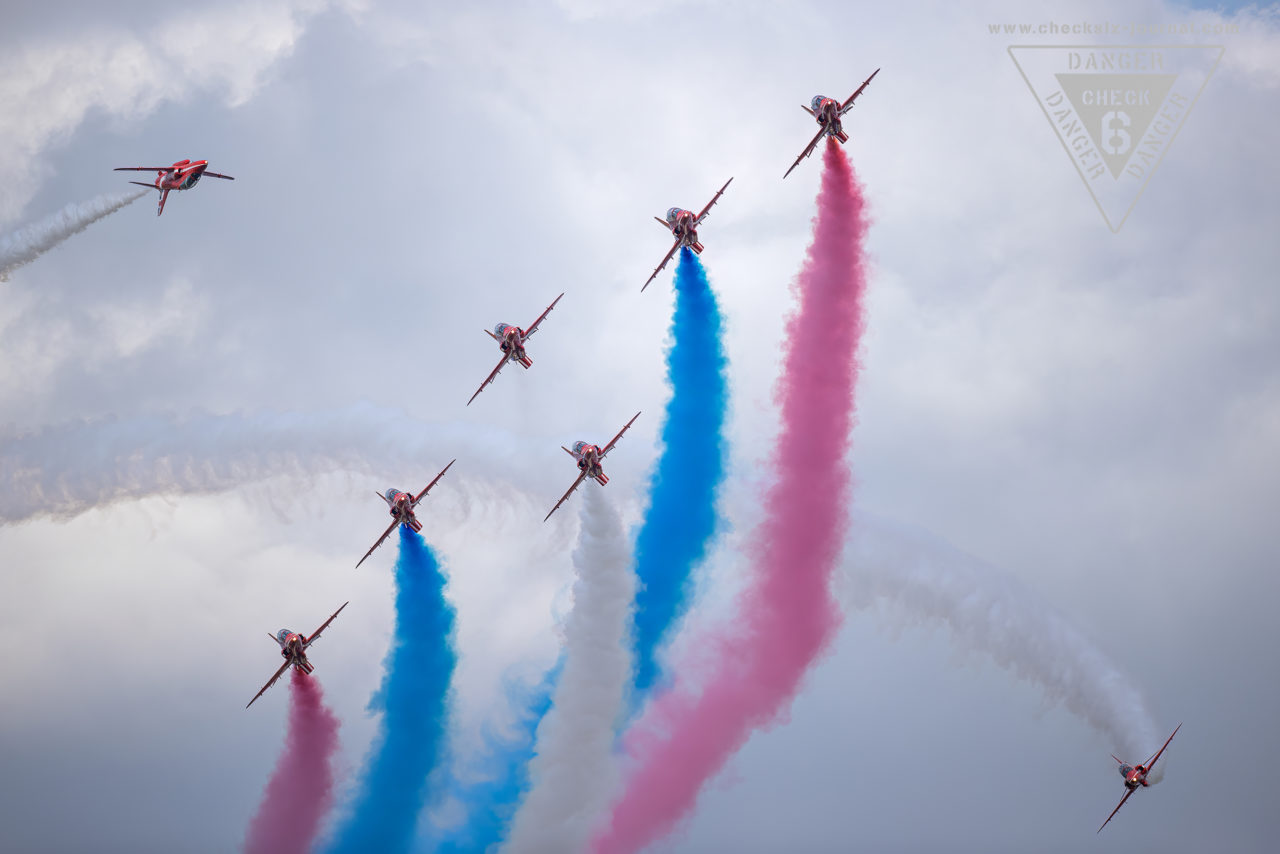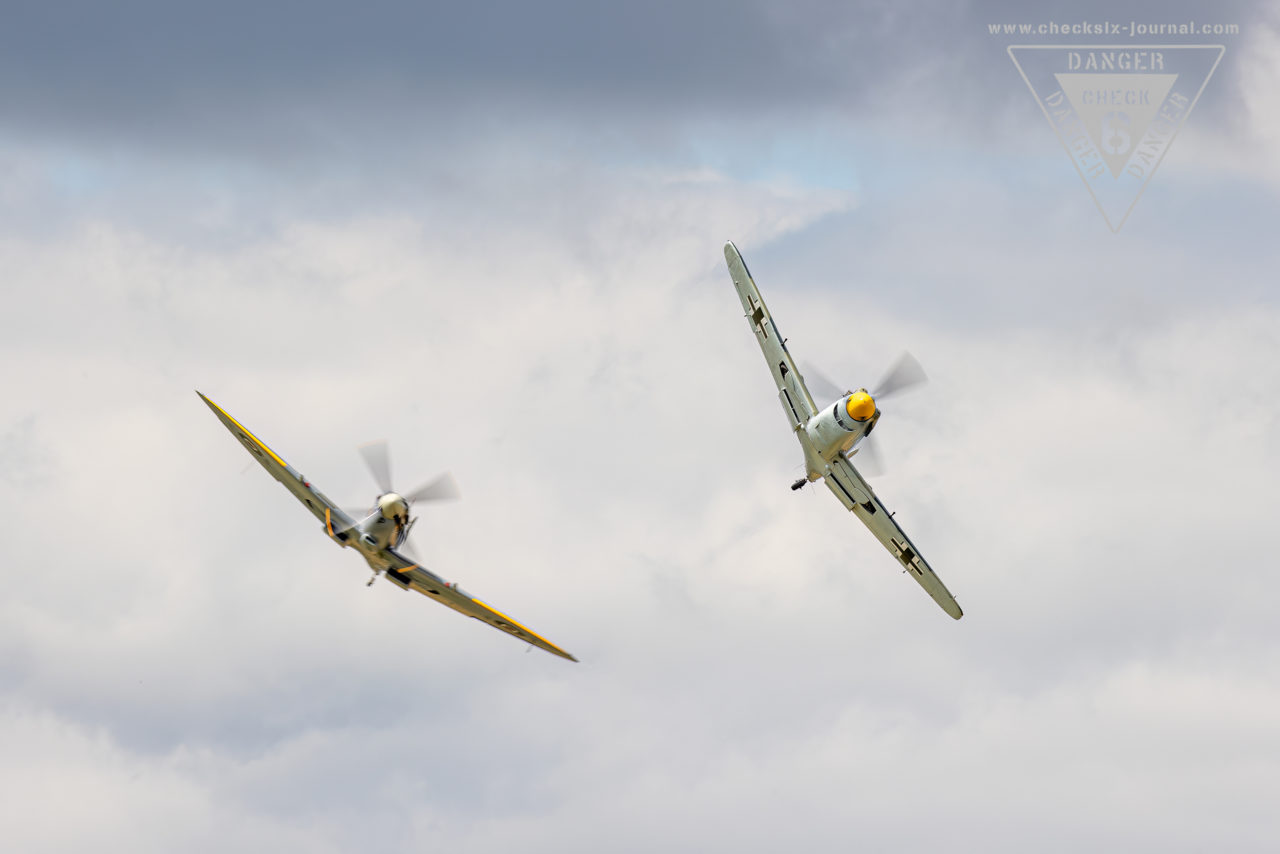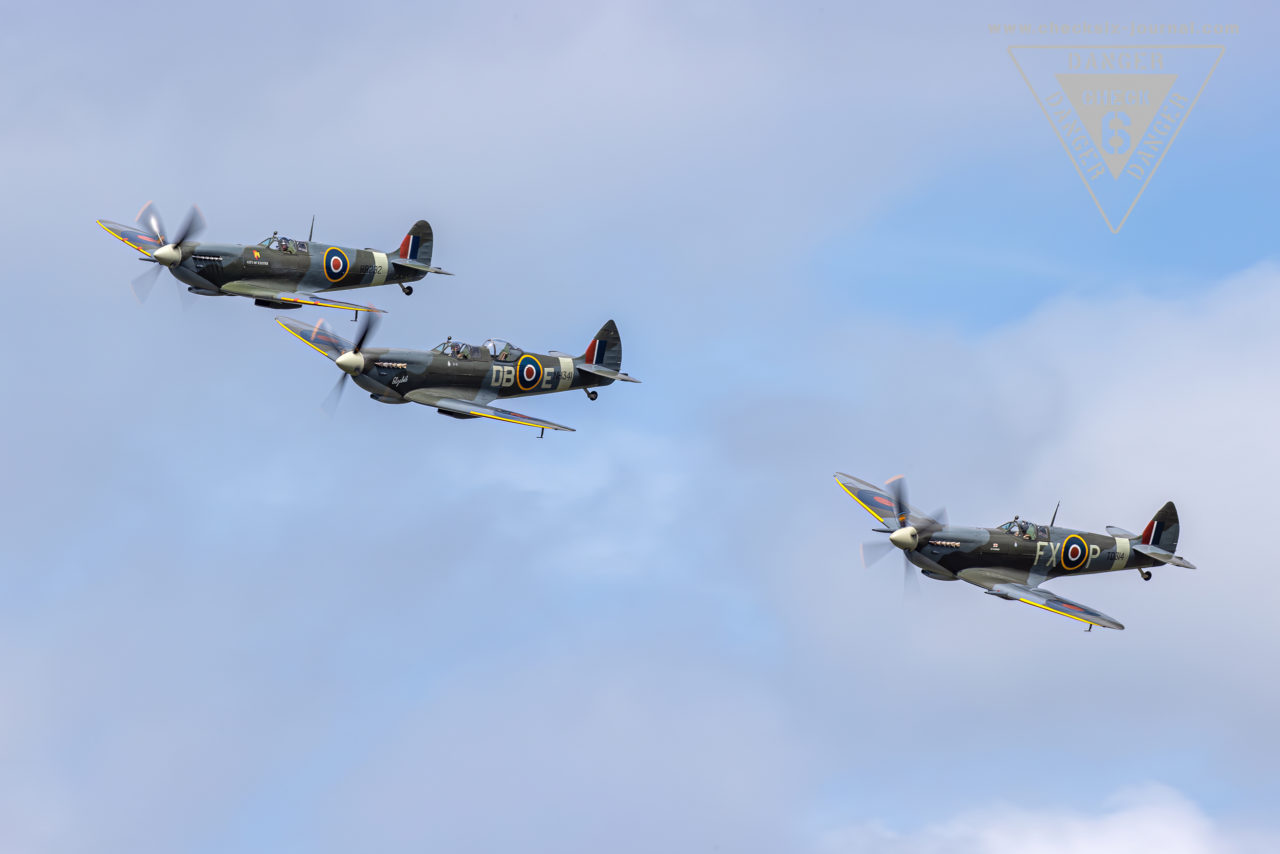Headcorn Aerodrome 2023 - Kent/UK
Update: 2023/08/03 by Will Moore
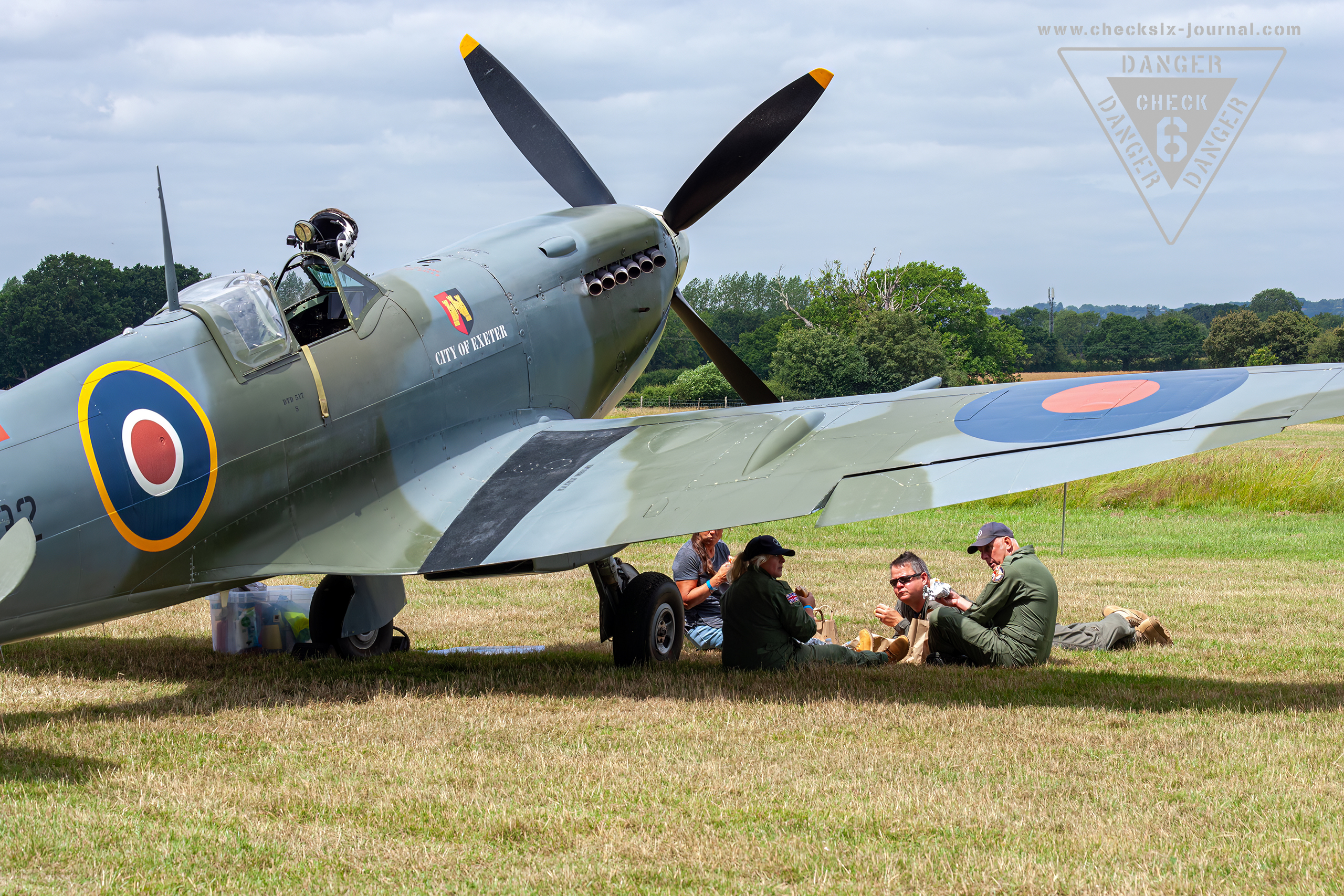
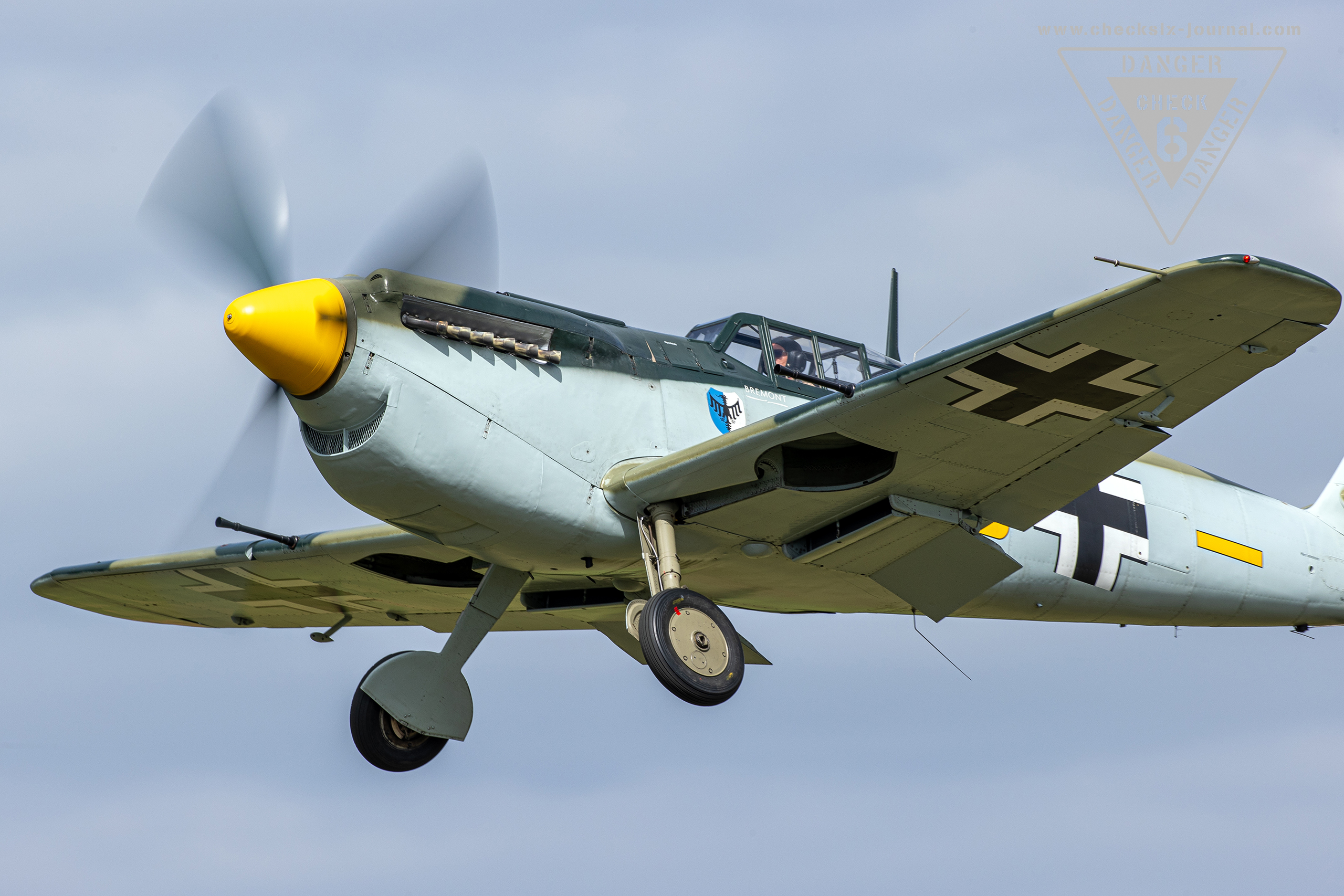
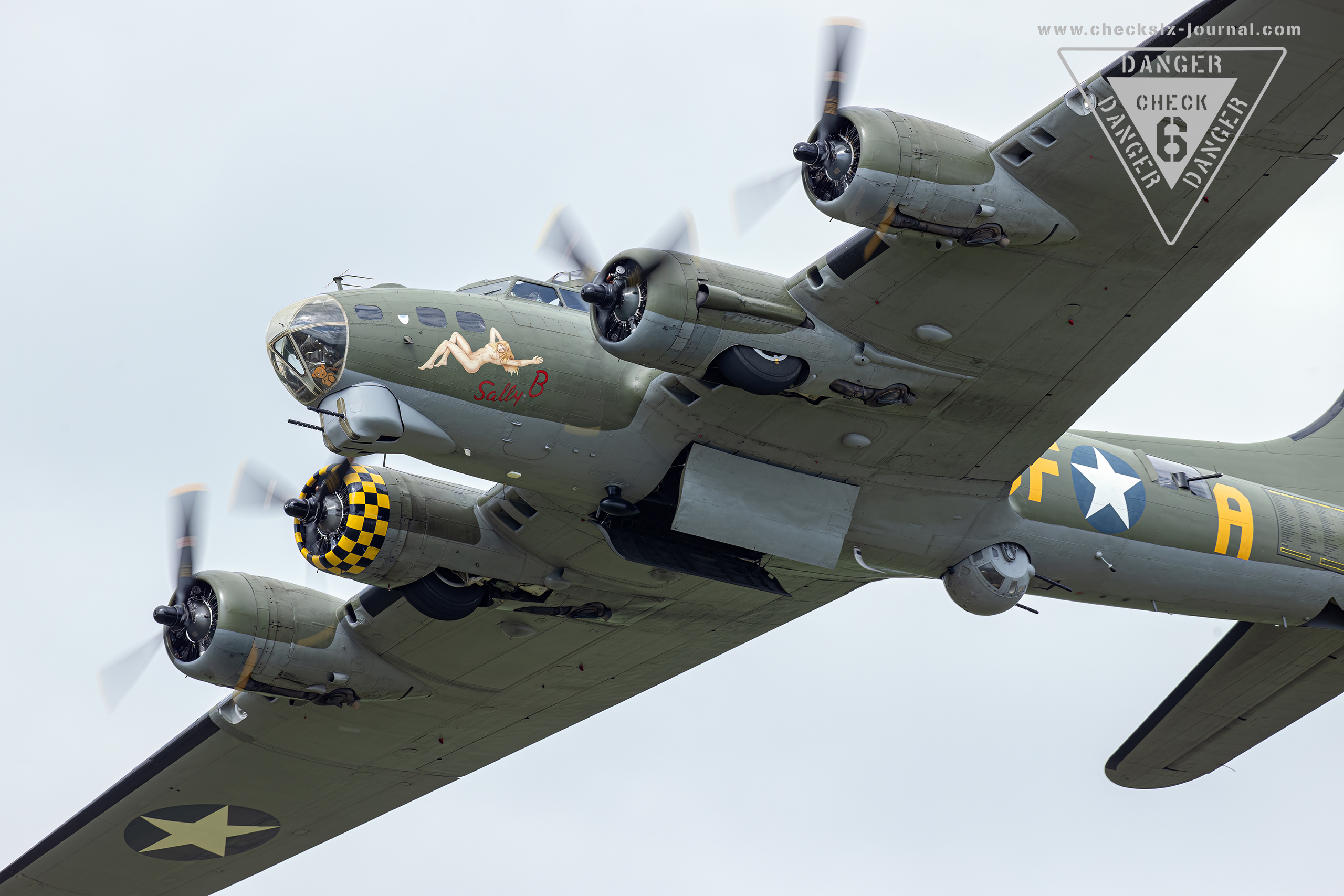
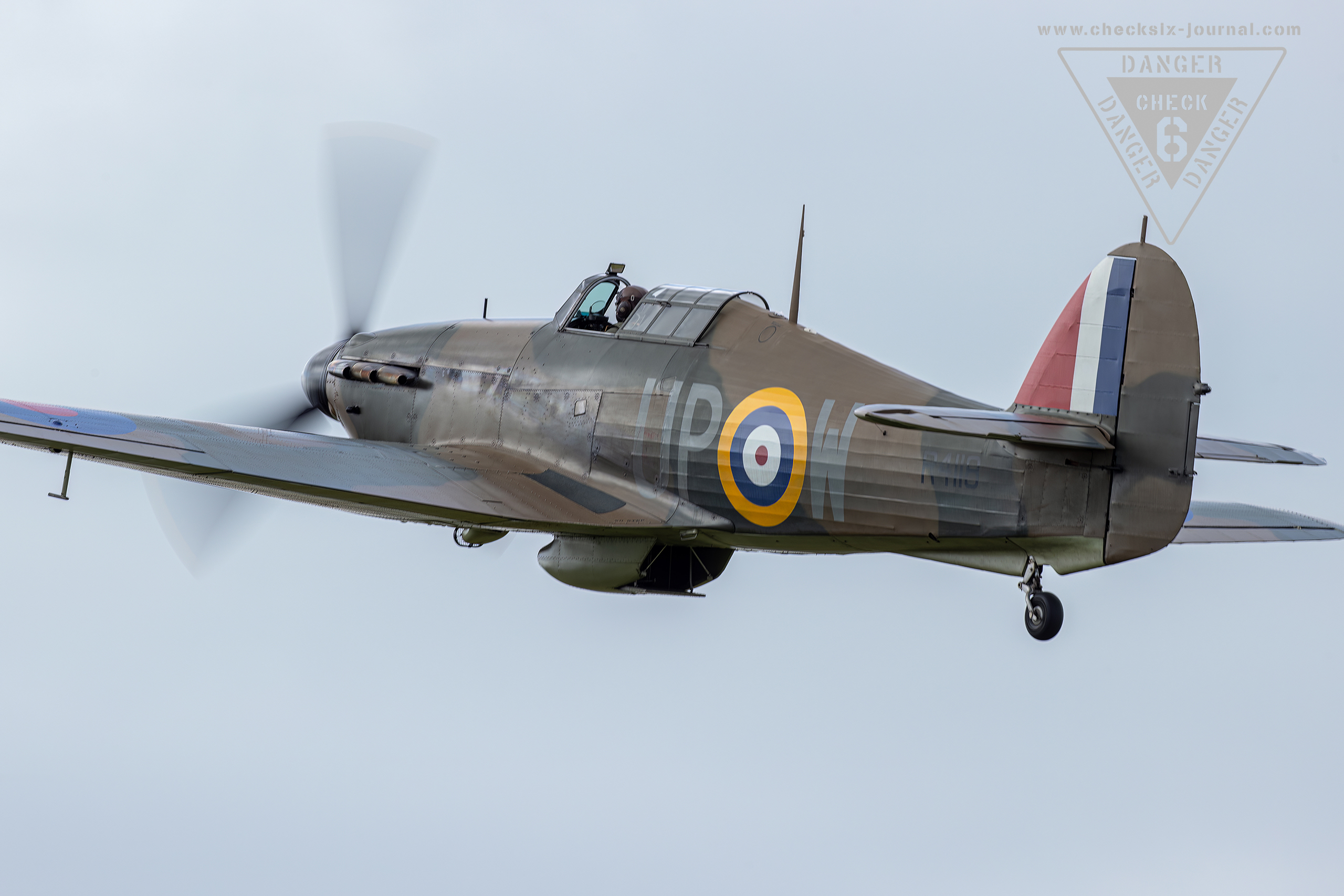
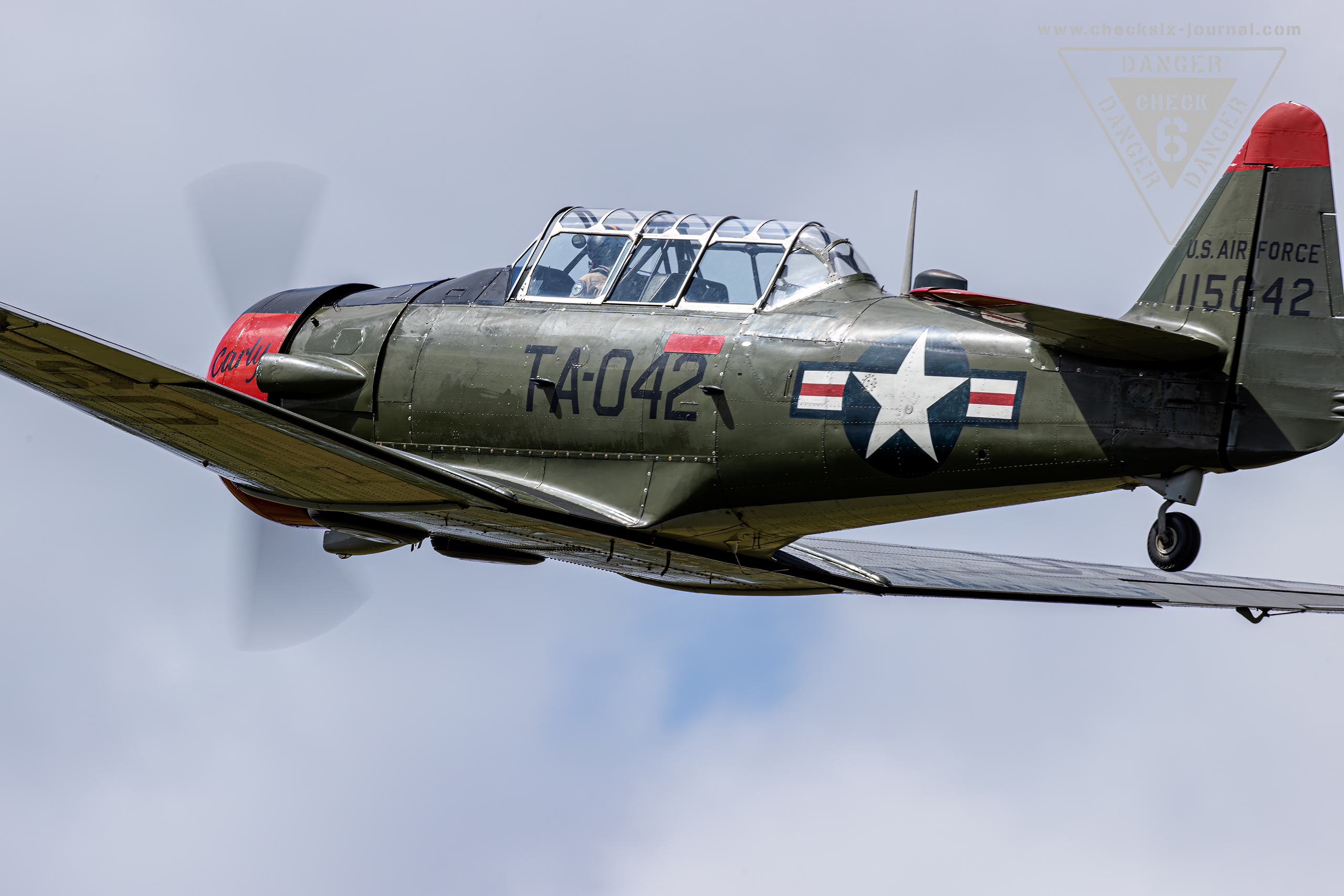
In the dark days of 1940, the United Kingdom was reeling from the defeat of the British Expeditionary Force in France and the humiliation of the relatively successful evacuation of Dunkirk. The German forces were soon in total control of the French coast with only the narrow English Channel between them and the UK. Although the German plan was not to invade, as they expected Britain to pursue peace, this changed when Britain maintained its defiant position. When Hitler did instruct the German forces to organise an invasion it was decided that the Luftwaffe commanded by Air Marshal Hermann Goring would undertake operations to degrade and destroy the Royal Air Force (RAF) before an invasion by sea could proceed. What followed would be remembered as The Battle of Britain (BoB). From July to October the Luftwaffe and Axis forces faced the RAF, the Royal Navy’s Fleet Air Arm and the Royal Canadian Air Force in a major military campaign fought only in the air. This battle would change the direction of the war and tactics of air warfare.
After the end of The Great War the airfield was handed back to the farming family who owned it
W. Moore
Most followers of aviation will have seen the wartime photographs of the fighters and bombers in combat with contrails behind them as pilots on both sides fought to reach their targets or repel the attackers. Many of those images came from the County of Kent in the South East of England, places like Headcorn. Headcorn Aerodrome is located just to the southeast of Maidstone, although not involved in the BoB itself the people living in the area bore witness to the dogfights every day. The airfield had seen service under the Royal Flying Corps as a training base during the First World War (The Great War). After the end of The Great War the airfield was handed back to the farming family who owned it. The farm changed hands in 1927 and the new owners son flew a privately owned Royal Aircraft Factory BE.2.
In 1942 three years into World War Two the airfield was requisitioned by the Government and pressed back into service after the grass runways were reinforced with matting to make an all-weather airfield. The new airfield was named Lashenden in the hope that that may confuse the Luftwaffe. Lashenden is a village a few miles to the South of Headcorn and I found no record of how the folks of Lashenden reacted to this ruse.
The new RAF Lashenden became operational on the 6th August 1943 when 127 Wing Royal Canadian Airforce moved in with its Supermarine SPITFIRE Mk. IXb’s led by Johnnie Johnson one of the legendary names of the war. That stay was short lived and the United States 9th Airforce moved in and further upgrades were undertaken. On 13th April 1944 the airfield was taken over by the 100th Fighter Wing, 19th Tactical Air Command, 9th Air Force. On 17th April, 354th (Pioneer Mustang) Fighter Group comprising 353rd, 355th and 356th Fighter Squadrons arrived operating the North American P51D MUSTANG, which provided forward air support for the D-Day landings. The 354th Fighter Group left Lashenden on the 22nd of June 1945 and the airfield closed
The association with aviation did not end there. There has been ongoing aviation at the airfield in many ways with parachuting clubs, ballooning and flying lessons and private owners being based there. In 2014 the warbirds would return when Aero Legends moved to the site. Since then Aero Legends have expanded their fleet and bases of operations. They now fly from North Weald, Headcorn and Compton Abbas offering experience flights in a range of aircraft from deHavilland TIGER MOTH to the jet powered BAC 167 STRIKEMASTER. They have become the market leader in military aviation experience flights in the UK. The show itself was held over the three days of June 30th to July 2nd, all prop driven aircraft except for the BAC STRIKEMASTER and a closing display from the RAF Red Arrows. Each show day was started by a short service of remembrance for all who fought and gave their all, followed by a moment of silence to allow everyone to reflect on the battle that had raged in the sky overhead.
The type was aimed at the export counter insurgency and light attack market but was also used as an advanced training aircraft
W. Moore
The first day of the show was hampered by very poor weather and high winds that stopped all but the Douglas C-47 DAKOTA and the Boeing B-17G FLYING FORTRESS “Sally B” flying. After weather check flights it was decided to end the day early with the mix of cross winds and poor visibility making flying hazardous for all other scheduled displays. Aero Legends offered all Friday ticket holders free entry on either of the other two days to make up for the disappointing start of the weekend. The weather improved over the weekend allowing full displays from all the scheduled aircraft even if some of the lighter types had to work hard against a stiff cross wind.
Two Beechcraft Model 17 STAGGERWING attended the show with each displaying individually, one on each day. One being Beech D17S N18V resplendent in topside camouflage and underside in bright yellow bearing RAF roundels. This aircraft was built in 1944 and delivered to the UK from the United States under the Lend Lease agreement. It served with the Royal Navy and returned to the US in 1946 entering the civil register later that year. The type has an atypical negative staggered wing with the lower wing set forward of the upper. This improved visibility for the pilot and was hoped to reduce interference drag between the wings although that was thought to be a minimal improvement. It first flew in 1932 and was the first aircraft of the Beech Aircraft Corporation, aimed at the business market at a time when that market was depressed and in the first year of production only 18 were sold. The planes were custom built and as the US economy improved sales did too. By the start of World War II more than 400 had been sold. The first builds of the type had traditional fixed undercarriages, this format was altered to a new retractable undercarriage. This along with the lightweight construction and a range of powerful radial engines combined to give the type outstanding performance. The cabin could hold 5 passengers and with the performance on offer the Beech it was soon being used in air racing and even a New York to London trip travelling west through Siberia, Southeast Asia, Middle East, North Africa and Europe
As the US entered World War II (WWII) the United States Army Airforce (USAAF) identified a need for a courier and executive transport and turned to the Beech 17 for evaluation. In total 270 variants of the type were purchased and designated UC-43 (Utility Cargo). Another 106 were acquired by the RAF and Royal Navy to fill the same role. After the War one final production run of 16 was undertaken with last STAGGERWING G17S being built in 1948 and delivered in 1949 bringing the total sales to 785. The two displays this weekend one in military camouflage and one in civil colours showed why in 2003 the Beech STAGGERWING was voted in the top ten aircraft by Plane & Pilot magazine. A beautiful aircraft with its speed, agility and eye catching wing layout, a real classic well displayed.
There were two bi-plane formation teams attending at the show, the Tiger 9 Display Team with nine deHavilland TIGER MOTH and the Stampe Formation Team with an added Stampe and Thruxton JACKEROO from the Aero Legends stable. Designed in the early 1930s by Stampe et Vertongen in Antwerp Belgium as a tourer and training aircraft, a similar concept to the de-Havilland TIGER MOTH. The SV.4A was an advanced aerobatic trainer, after some redesign works the next model was the SV.4B with a redesigned wing and a de-Havilland Gipsy Major engine. The company ceased production after only 35 of the type were finished due to the war. After the war the production was once again taken up by the new company Stampe et Renard produced 65 aircraft up to 1948. Further production was undertaken when licences were issued to Societe Nationale de Conructions Aeronautiques du Nord (SNCAN) in France and Atleier Industriel de lAeronautique d’Alger in Algeria who brought the total build number 940. The display itself included formations with the Aero Legends Stampe and Jackeroo before they broke away leaving the Stampe Formation Team to carry out their display of formations, tail chases and a finale break
The Truxston JACKEROO is a converted deHavilland TIGER MOTH, modified to carry 4 people including the pilot.The conversions were done between 1957 and 1959 by Jackaroo Aircraft at Thruxton Areodrome near Andover who did 18 and Rollerson Aircraft and Engines Limited at Croydon Airport doing the final one in 1960.
Probably the most recognisable biplane in the UK the de Havilland DH82 Tiger Moth was a development from the DH60 Moth
W. Moore
The next display team was the largest team displaying in the UK with a nine-ship team, the Red Arrows are flying an eight ship team this year. The Tiger Nine Display Team flying various marks of the de Haviland TIGER MOTH. Probably the most recognisable biplane in the UK the deHavilland DH82 TIGER MOTH was a development from the DH60 MOTH. Like the Stampe SV-4A production started in the early 1930s, the first flight was in 1930 with production starting in 1931. The RAF adopted the aircraft for basic training and were followed by over 25 other air forces, such was the demand from military customers that almost all production at de Havilland was taken up with the TIGER MOTH. Production of the TIGER MOTH was also undertaken by Morris Motors Limited at their car factory in Cowley Oxford where they alone would produce 3433. Further production was undertaken overseas by de Havilland Canada, Australia, New Zealand and by other manufacturers in Norway, Sweden and Portugal. When production of the TIGER MOTH ended 8868 of the type had been constructed. As new basic trainers were introduced to the RAF large numbers of TIGER MOTH were disposed of on to the civil market. The enduring popularity of the type with private and club owners is a testament to the design skill of Geoffrey de Havilland. The Tiger Nine Display Team are a civil team made up of enthusiast pilots with broad and diverse backgrounds from military fast jets to commercial airliners and just private pilots. The display itself is impressive if sedate, consisting of large formations, group opposition passes and individual displays to fill in while the formations re-form. And this weekend all done in strong cross winds and it was clear to see that the pilots were working hard to maintain their positions. A terrific spectacle that leads us to the highlights of the weekend and what most folks had travelled to see, the warbirds!
The build up to the finale saw the Aero Legends Douglas C-47 DAKOTA perform a solo display before joining up with the Boeing B-17 FLYING FORTRESS “Sally B” aka “Memphis Belle” flying in from its base of operation at the Imperial War Museum (IWM) Duxford. Sally B is not part of the IWM collection although based on the site, she is operated by Elly Sallingboe of the B-17 Charitable Trust. The only B-17 flying in the UK Sally B had just returned to flight status after the American Federal Aviation Administration issued and airworthiness directive to B-17 operators. The directive required the main wing spar be inspected for cracks and was issued just before the UK airshow season began. With a huge effort from the Trusts engineering team and a little help from the IWM Duxford the inspections were done and the aircraft returned to flight. After pairing up the two aircraft undertook several passes in line astern formation before the Dakota broke away to leave the B-17 to complete its solo display. Both types would have been a common site and sound in the skies over Headcorn in the later part of WWII. The C-47 DAKOTA would return later in formation with a North American AT-6 HARVARD and two SPITFIRE.
As Sally B made her last pass of the day trailing smoke to simulate battle damage and as a salute the B-17 crews who failed to return from the allied raids over Europe the air-raid siren was fired up on the ground below it.
A full display showing both speed and agility of the type and included several strafing runs down the airfield
W. Moore
This is where the real action got underway as John Romain flying in the Aircraft Restoration Companies (ARC) Hispano Aviación Ha-1112 Buchón playing the part of a Messerschmitt Bf109e started his display. A full display showing both speed and agility of the type and included several strafing runs down the airfield. Toward the end of the solo “German” fighters display Aero Legends launched two Spitfires to intercept the attacking fighter to a cheer from the crowd. Over the next 10 minutes the two Spitfires Elizabeth, a MK 1XT, and St George, a IXs ,closed on the Messerschmitt in a tail chase that was clearly very entertaining to the spectators. Eventually and predictably the Buchón started trailing smoke and retired from the field of battle. This also raised quite a cheer and applause from the spectators as John Romain returned the Hispano Aviación Ha-1112 Buchón to the flight line. The warbird action didn’t finish there as another Spitfire and 3 Hurricanes took to the skies. The aircraft formed up into “Balbo’s” (loose formations) and then each “Balbo” performed formation displays to celebrate the RAF workhorses of the Battle of Britain. The Spitfire City of Exeter a HF.IX high altitude fighter from the Spitfire Academy formed up with Elizabeth and St George to make the first 3 ship “Balbo” while the Hurricane “Balbo” was formed of R4118 an actual combatant and survivor of the Battle of Britain with 5 kills recorded during that desperate period. Another veteran of the BoB Hurricane P3717 Mk I was flown by the Polish pilot W Samolinski entering the BoB in August and BE505 “Pegs” a Canadian built aircraft who served with the Royal Canadian Airforce in Canada. “Pegs” was built in 1942 and has been restored to a Mk IIB fighter bomber configuration (Hurribomber) although not a veteran of the BoB she is presented as BE505 ‘XP-L’ a Hurricane that did see action in 1942 during the landings at Dieppe. The Hurricane had been in service with the RAF since 1937and heavily outnumbered the Spitfires in service, even so the Spitfires received most of the glory, but the Hurricanes did most of the work!
The two formations made for a poignant end to the display on the Saturday but on the Sunday the last word went to the RAF’s Battle of Britain Memorial flights Avro Lancaster PA474, undertaking a full display followed on by the RAF’s Aerobatic Display Team the Red Arrows to close the show with a very British flourish!
Verdict: Overall a very good solid show hampered somewhat by the weather but after all this is Britain and our weather is anything but consistent. Clearly the event is gaining a growing reputation and following at home and abroad as several groups from overseas were in attendance. The highlights perhaps surprisingly were the bi-plane formations from the Tiger Nine and Stampe Teams, two aircraft developed on parallel lines making best use of the technology available at the time and producing similar designs that are still well used and loved by their owners and operators.
Will Moore /CHK6 UK

